ALIENATION AND CONFLICT
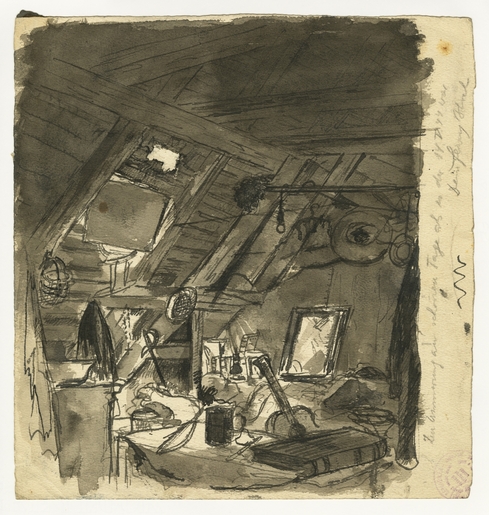
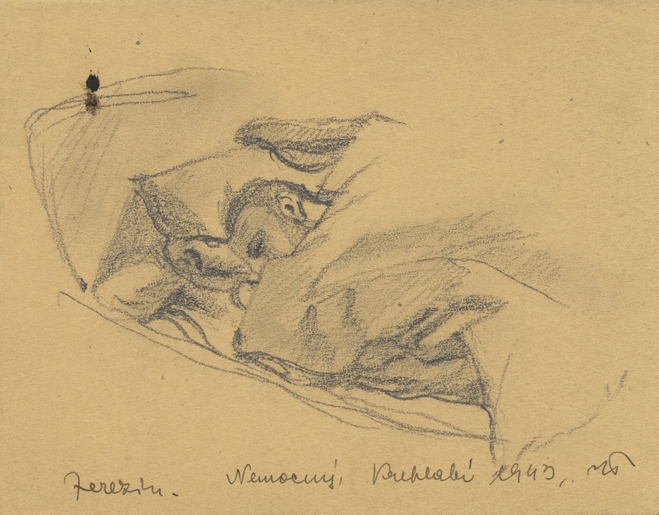
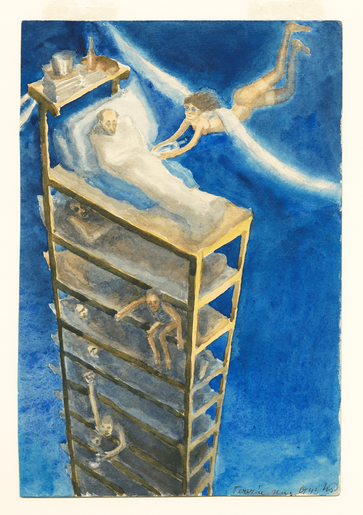
The camp population created its own micro-society that reflected the social hierarchies and prejudices that inmates brought with them. This led to the formation of subgroups based on class, national, political, and religious differences. Czech Jews, who arrived first and were younger, became the established community in the ghetto. They created strategies to obtain resources and made connections needed for survival. German and Austrian Jews, who arrived later and were often elderly, faced greater challenges.
The camp was incredibly crowded. Before World War II, 5,000 people lived in the town of Terezín . At the height of the imprisonment, the Nazis incarcerated 55,000 people in the camp. This resulted in poor hygienic conditions and outbreaks of disease. To make the lives of prisoners worse, there was not enough food and heating. Relatives from outside the camp were allowed to send parcels, but as the war progressed the packages also disappeared. Uncertainty about the fate of prisoners transported from the camp to “the East” created additional stress and tension among the prisoners.
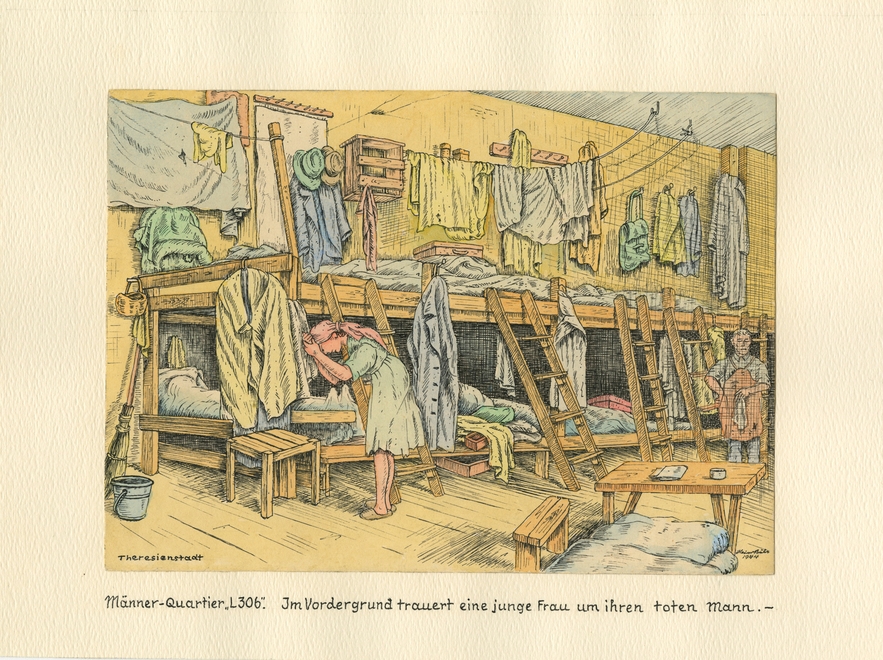
Gay and lesbian prisoners faced the fear of discovery and discrimination in Theresienstadt. One queer prisoner whom the prisoners generally accepted was Fredy Hirsch. He was a handsome, charismatic Zionist athlete who was a leader in the Youth Services Department before his own deportation to Auschwitz. His queerness was an open secret among the prisoners, and many of the younger people and children revered him. At the same time, records exist that point to the general marginalization of and, in one case, even punishment of queerness in the ghetto. As was typical in Europe at the time, most queer prisoners remained closeted as best they could. Furthermore, few survivors would come out after the war.
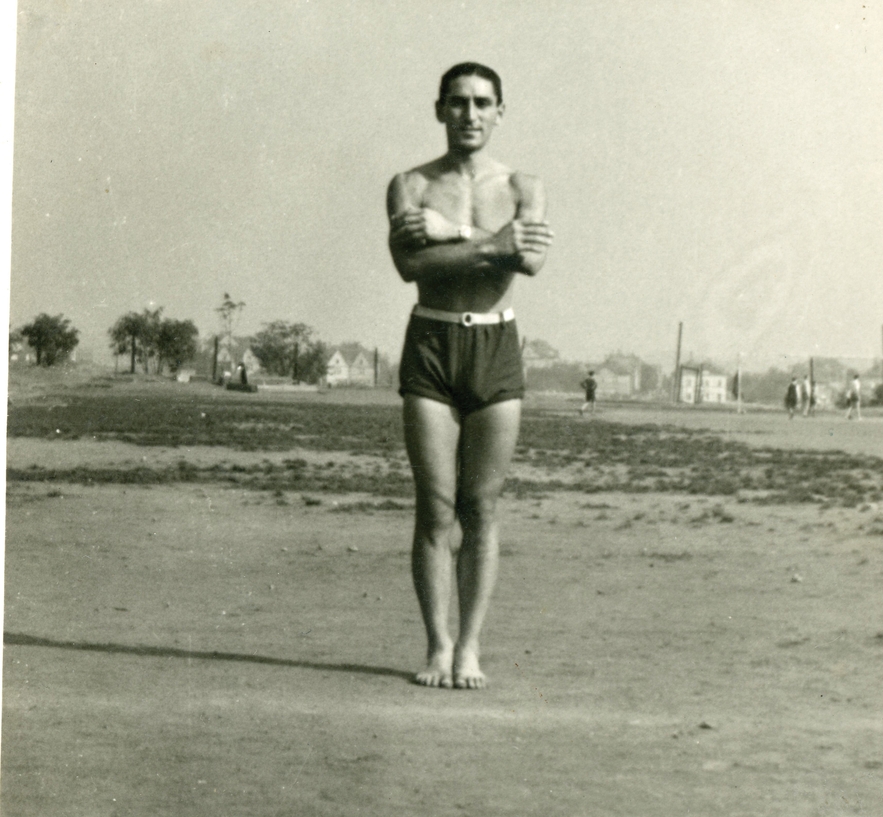
“For them [Czech Jews] we were not persecuted co-religionists, only hated Germans. When they pronounced the word ‘German’, there was rage, disrespect, fierceness, venom (...). One of my relatives was once introduced: She is a nice person, although a German.”
—Rosa (née Kurtzig) Salomon, Erlebnisse einer Achtzigjaehrigen im KZ Theresienstadt. LBI, ME 1083.
Rosa was arrested and deported from Berlin to Theresienstadt in 1943.